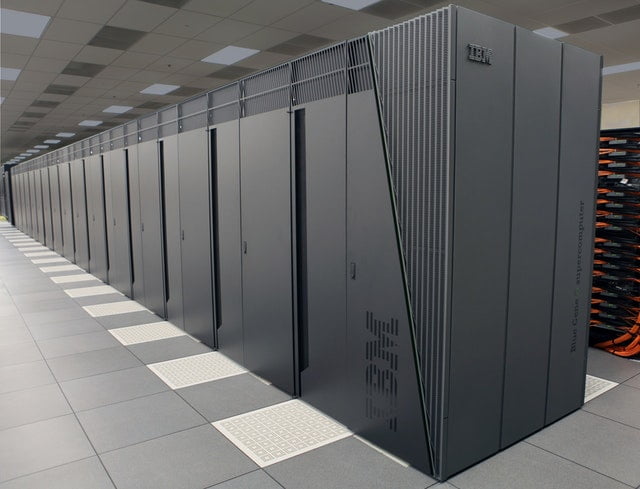The drive to make cars greener to run and easier to use has meant real strides in terms of in-car innovation. Car safety is one of the big beneficiaries: as well as the purpose-built tech designed to protect us should anything go wrong, there are also the bonus effects of other gadgets that let us concentrate more on the road ahead than what’s happening in the car (in fact, AutoExpress.co.uk points out the Government has already been urged to issue guidelines on in-car entertainment).
Whether you’ve recently passed your driving test or you’re a seasoned driver, these in-car systems are becoming more commonplace in new vehicles and can only help you drive with more confidence. According to Tyre Shopper, however seasoned a driver you are it’s simply a case of learning to make these a natural part of your driving experience.
Vehicle-to-vehicle comms
Sensors that let cars transmit information to each other have been on the scene for around a decade, but it’s only now that they’re becoming more prevalent in new vehicles. When your own car can receive data that lets it assess and feedback the position, speed and even the intentions of other cars and their drivers, it means you are in a better position to judge what’s going on around you and anticipate more clearly what other road users are about to do in good time.
In-car cameras
Already popular in countries such as Russia, and with similar helmet-cams commonly used by motorcyclists in the UK, dash-mounted cameras are an obvious way of identifying who is at fault in a motoring accident. Many drivers would rather avoid a confrontation and give up their no-claims bonus in the event of a collision with another vehicle, but with a dash-cam in place, it’ll be easier to ascertain whose no-claims bonus should be impacted and whose should be protected.
Self-driving vehicles
Autonomous vehicles aren’t just the play-things of trendy tech mega-corporations. Many aspects of self-driving technology are already incorporated into new cars: responsive cruise control, for instance, as well as automatic parking. And now that tech – the GPS, sensors, lasers and cameras used by in-car computers to react to obstacles and hazards around the vehicle – is being used as the basis for cars that can drive with little to no human input. Totally autonomous driving is some way off, for more convoluted road systems at least, but hazard and road marking perception is imminent.
Rear-mounted sensors
This is one example of self-driving technology already being in existence. It’s the reason why you’ll hear a beeping noise if you reverse in one of many new cars that carry the feature. As well as warning you against an impending collision when reversing, the sensors can also alert you to close-driving traffic behind you – particularly useful at junctions.
Under-car airbags
We have come far from simple brake pads. Given the proliferation of airbag features since the first, steering wheel-mounted example’s introduction in the early 1990s, it’s only natural that they would make their way outside the car. Mercedes prototyped their own version some years ago, as this Telegraph.co.uk article reports, which would deploy beneath the car should sensors detect impending impact. Braking power would be greatly increased, reducing the severity of any collision.



